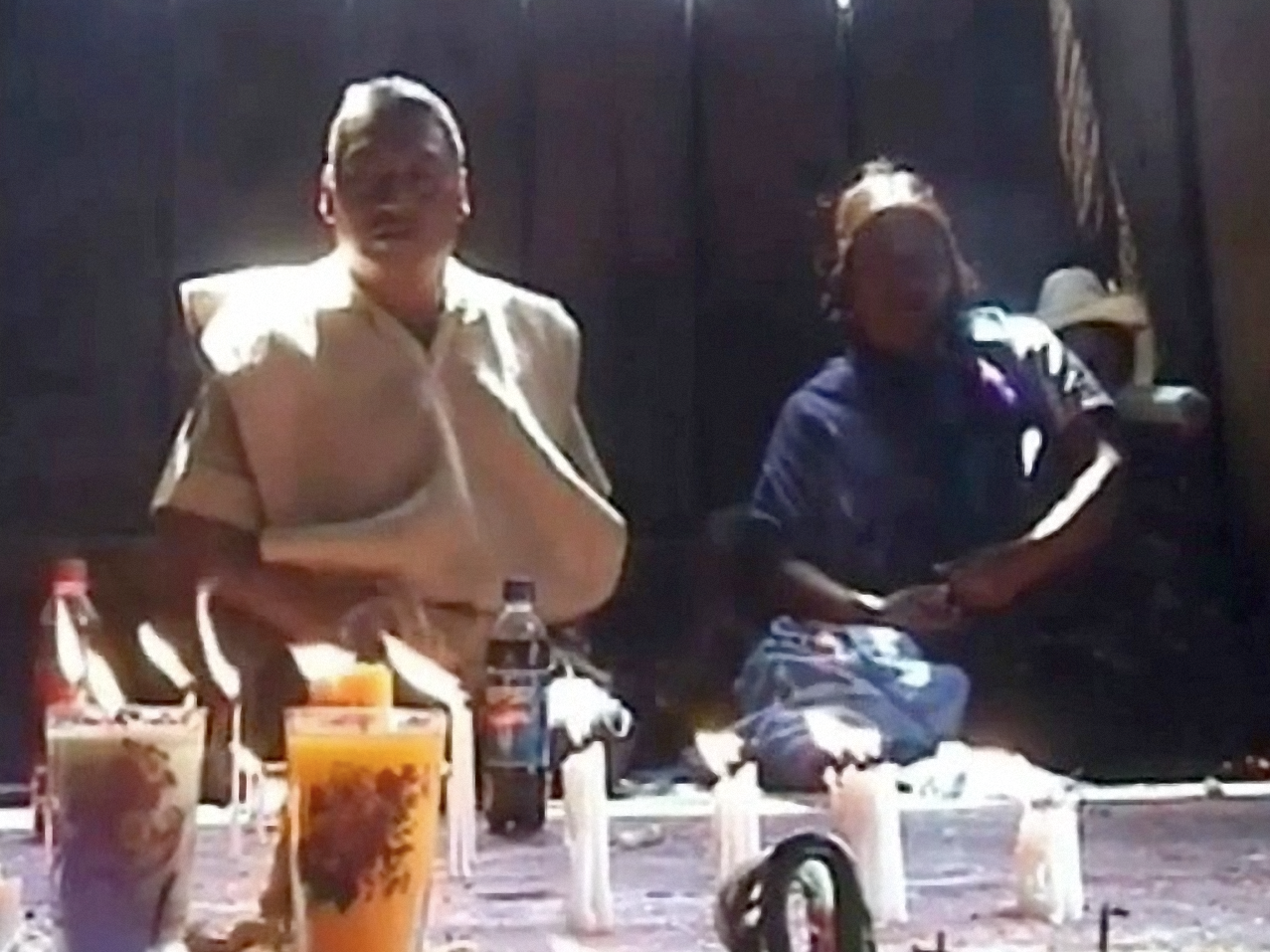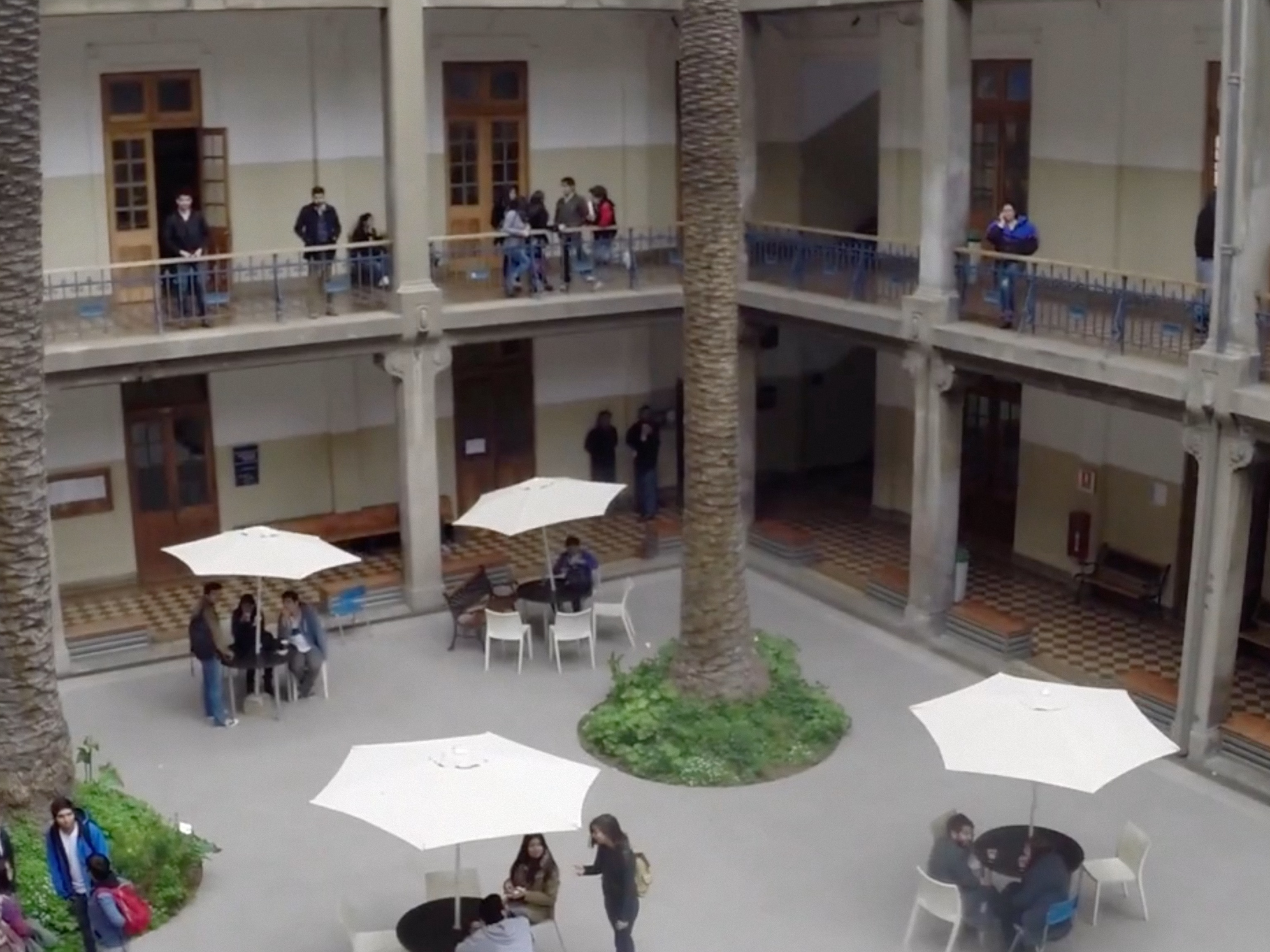Film Excerpt | A Photo Takes the Soul Away
This clip is an excerpt of the film "K ´uxa pas Maruch" (Walter 2004) and deals with the Prohibition of taking photographs and a Western cliché about indigenous culture and modern technologies. The widespread prohibition of taking photographs in the highlands of Chiapas is an example of photo and film being tools for the exercise of power. When one enters the neighbouring villages Chamula and Zinacantán, there are huge signs painted on the streets and on the entrance of the church that indicate it is forbidden to take photos, especially inside the church, particularly of those people who belong to the cargo-system. If a tourist dares to take photographs, local police takes away their roll of film or demand that the tourist delete the pictures. Sometimes, people are even put into prison for this transgression; they are released again only by paying a fee. During my fieldwork stay in Zinacantán I realized that a tourist-bus from the ladino city of San Cristóbal de las Casas regularly stops by at the indigenous community. A guide, with ten to thirty tourists, most of them US-Americans and Western Europeans, leaves the bus and visits the centre of the community: mainly the church, the local museum and some traditional handcraft collectives where they can buy hand-woven blankets and clothing. Normally these stops last one to two hours and afterwards they continue their trip to another village or sightseeing spot, like the waterfalls or Mayan ruins. For obvious reasons, the tourists want to take photos as a memory of their trip but they are being told that the Zinacantecos believe a photograph is able to take their soul away, and therefore it is forbidden to take photos. One day I conducted an interview with my neighbour while a group of tourists passed by on the street. One of the tourists asked whether they could take a photo of her but she refused, telling them that her soul could be damaged. The tourists apologized for asking and continued their tour. As I was aware that she had many photos herself, and some of them are even taken inside the church, I was surprised by her answer. I asked her how this could be possible, if she really believes that a photo could scare parts of her inner soul (ch´ulel) and thus make her ill (in Tzotzil: chamel). She said no, a photo could not damage the soul, but this would be the easiest way to stop the tourists from taking photos. In former times, she told the tourists that she did not want to be photographed for two reasons. Firstly, it was a disturbance of her privacy — the Zinacantecos are quite exposed to the curious gazes of the passing tourists as there are no walls or fences separating the house or screening the view. Secondly, she believed that the tourists would sell the photos for money in their country of origin. The Zinacantecos themselves would not receive any of the money; normally they were not even able to look at the photos. She told me that a longer discussion usually started; that the tourists always denied that they would sell the photos. This is understandable to me; I believed that most of the tourists would not sell the photos. However, the only way to avoid these lengthy discussions was to tell the tourist that it would damage their soul. When I asked her why she thought that the visitors believe this, she told me with a charming smile that they are stupid! None of the Zinacantecos believed that a photograph would be able to steal parts of their soul away.
You may also like






